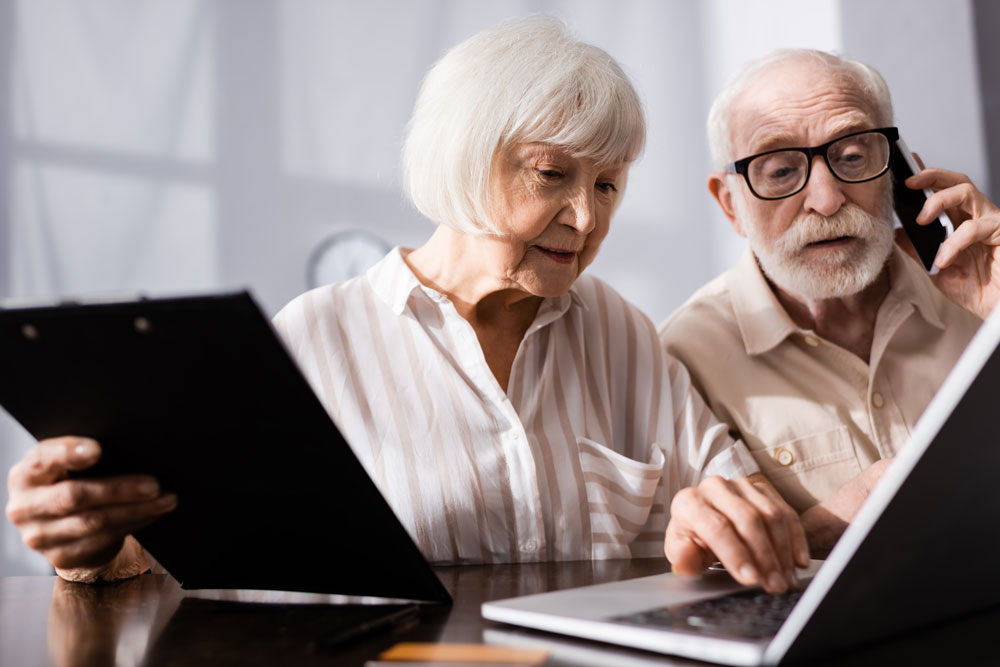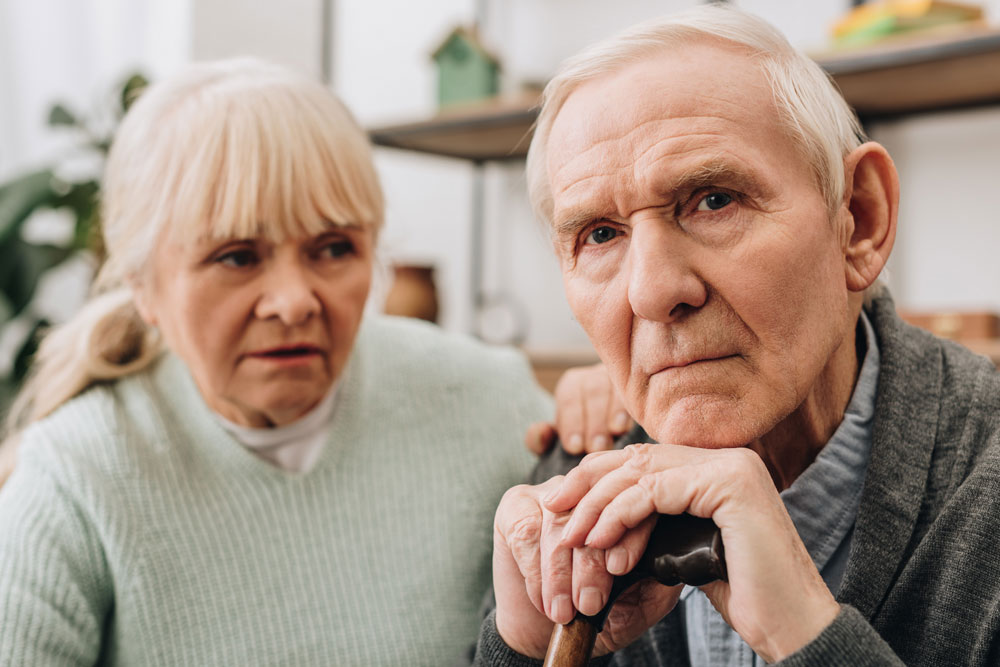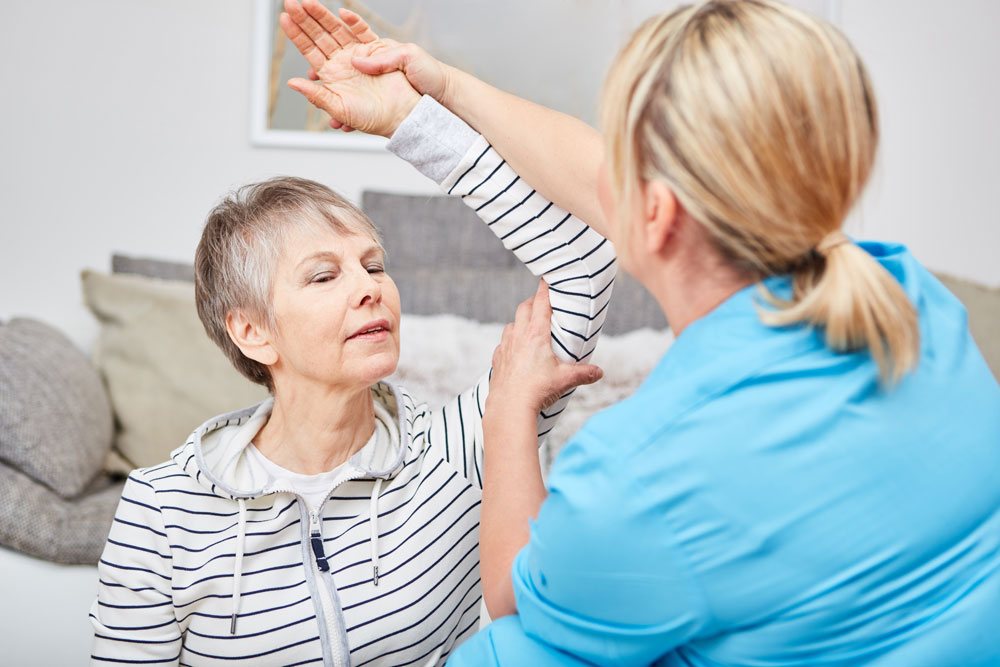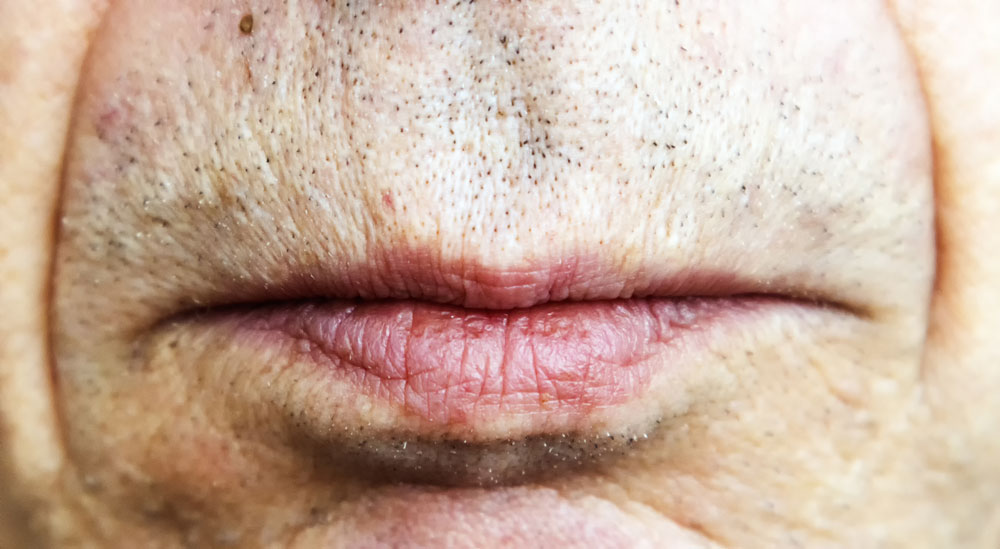Are you keeping up with the technical development?
This article, written from a Swedish perspective, can hopefully inspire those interested from other countries.
Nursing homes all over the world have begun to embrace the possibilities of technology to improve the quality of care and enhance the quality of life for residents. Through strategic use of various technological supports, nursing homes can create a more efficient and well-functioning environment that best meets the needs of the residents and their relatives.
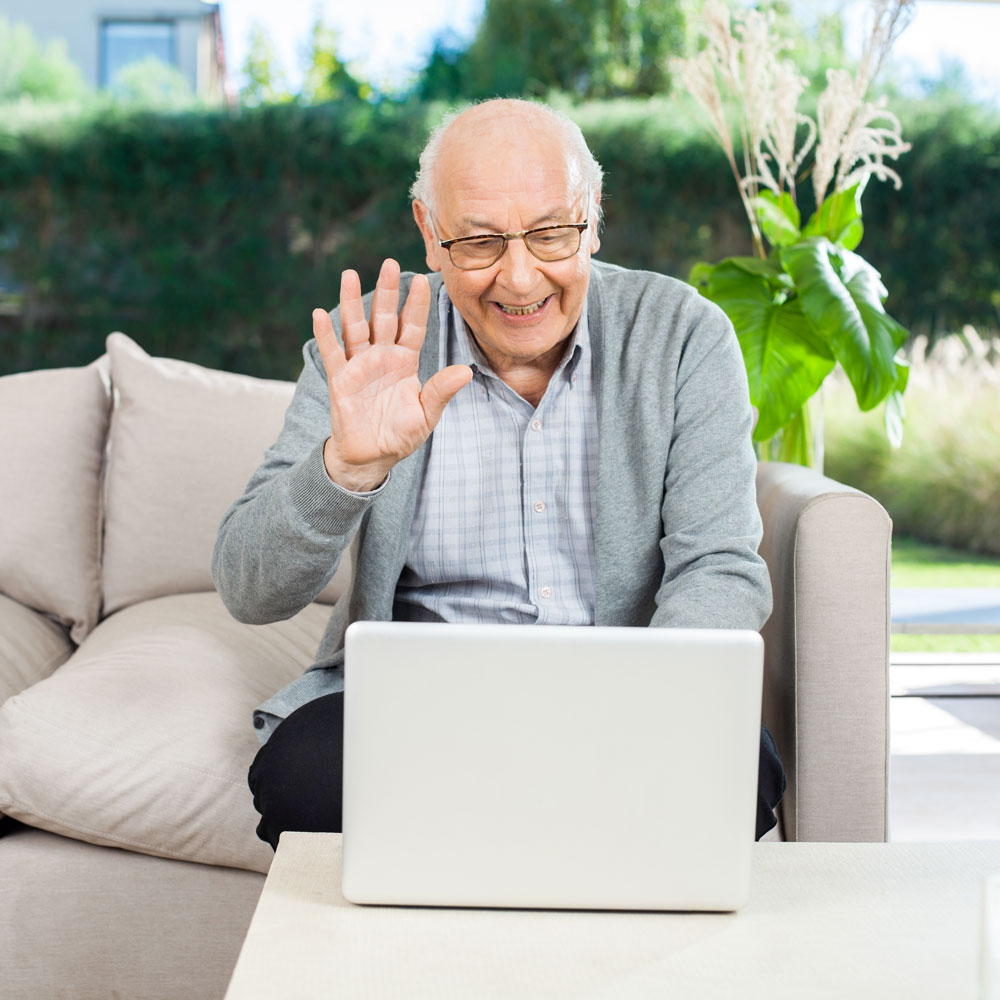 Foto: Mostphotos
Foto: MostphotosUsing technology in nursing homes for the best benefit of the residents and their relatives
A nursing home experienced a power outage. There was no backup power. The master key was also locked in an electrically controlled cabinet. This meant that the staff could not enter the residents' rooms for two hours. This happened during the night, but what if it had happened before breakfast?
Many nursing homes are becoming increasingly technically complex. Lock systems are one area of technology. Another is alarms. There are units that have access to a webcam in each room. The TV screen is an information channel and can be used, for example, to involve relatives in connection with care planning.
There are also digital stuffed animals, medicine dispensers, and feeding robots, but these are not yet widely used. For a long time, care has used beds with electric lifting devices and adjustment possibilities. Pressure ulcer prevention mattresses are also well established.
For a long time, there has been a large number of medical technology products available for those who need them. Walkers, wheelchairs, and other mobility aids are a natural part of care today. The lifts available facilitate the work of the staff and allow them to avoid uncomfortable working positions and heavy lifting.
In terms of alarms, there are bed alarms, motion alarms, and alarm systems to draw the attention of staff. In home care, alarms are also used that signal if the refrigerator has not been opened within a certain time. A peephole camera, where the night visit is made digitally, is another example of technological development.
It is relatively common for newly built nursing homes to install a washing machine in each apartment. This makes it easier for the elderly and the staff who can easily wash textiles that have become dirty.
The record systems have in most cases been digital for several decades. More and more units introduce digital signature lists that also remind and ensure that the elderly receive all the services they need to have a good everyday life.
Some residences also offer the elderly the opportunity to borrow computers or have access to free Wi-Fi. Others offer access to gym with various training equipment. A tandem bicycle is a tool that gives the residents the opportunity to get out and feel the wind in their hair. At the same time, this type of aid provides activity for one person while it ties up an employee who could have created activity for several.
At the same time, it is also possible to see that in the construction of nursing homes there is a risk that new technology is prioritized while human values are forgotten. It should be easy for the elderly to get out. It should not be allowed to build nursing homes without access to a garden. Elderly care should be able to offer the elderly outdoor activities. In many units, the opportunities for outdoor activities are limited. Other units work hard to get the elderly out as often as possible. A simple elevator from the units down to the garden can be an investment that makes a big difference in the opportunities to get out.
Different types of technology support in the nursing home:
Communication tools: Digital communication platforms and video conferencing systems enable simple and regular contact between the residents and their relatives, especially when the distance is great or when there are limitations for physical visits.
Health monitoring: Technology such as wearable sensors and monitoring units can be used to continuously monitor health data, such as blood pressure, pulse, and sleep patterns. This gives the healthcare staff the opportunity to detect any health problems early and take action to prevent deterioration.
Safety alarms: Safety alarm systems with fall detection and emergency buttons give the residents the opportunity to quickly and easily alert the staff when they need help or in emergency situations. There are also GPS alarms for those who want to go out, but not always find their way home.
Medication management: Digital systems for medication management can help ensure that the residents receive the right medication in the right dose at the right time. This reduces the risk of medication errors and increases safety.
Cognitive support tools: Applications and games designed to train memory, encourage social interaction and promote cognitive stimulation can be of great benefit to people with dementia or other cognitive challenges. There are now also pre-programmed phones where the resident can easily get in touch with their relatives without the risk of being called by fraudulent persons.
Benefits of technology support for residents and their relatives:
Increased independence: By giving the residents access to technology support that supports their daily activities, they can feel more independent and self-reliant.
Improved communication: The ability to communicate with their relatives via digital platforms and video conferences can increase the well-being of the residents and reduce the feeling of isolation.
Better quality of care: By using technology for health monitoring and medication management, nursing homes can ensure more efficient and safe care for the residents.
Increased quality of life: Access to entertainment and cognitive stimulation tools can help improve the quality of life and well-being of the residents.
By strategically integrating different types of technology support in the nursing home, healthcare staff can create a more efficient and adaptable environment that meets the residents' individual needs in an optimal way. This leads to improved quality of care, increased independence, and an increased sense of well-being for both the residents and their relatives.
Reflection questions - technology support
Care staff:
- Have you tested any newer technical aids?
- How does it work? Are there aids that are missing today?
- Do you have ideas for aids that should be developed?
- Do you have the work technical aids needed to facilitate your work?
Manager, nurse, occupational therapist, and physiotherapist:
- What happens to the doors in a power outage?
- Are all doors suddenly locked or unlocked?
- Are there backup systems?
- What happens if the lock systems for medication handling malfunction?
- Is there a contingency plan known to the staff?
Residents and relatives:
- Are technical aids used in the nursing home?
- Are they adapted to the needs of the elderly?
- Are any aids used where the resident controls the use, do relatives understand how the equipment works and how it should be handled?
Erland Olsson
Specialist Nurse
Sofrosyne
Better care every day
Aktuellt i media
- 2024-04-18 04:00 10 Aktivitet o funktionsbevarande arbetssätt
-
2024-04-15 04:00
09 Mat och måltid
Food and fall prevention. How the nursing home ensures a safe and nutritious food handling.
info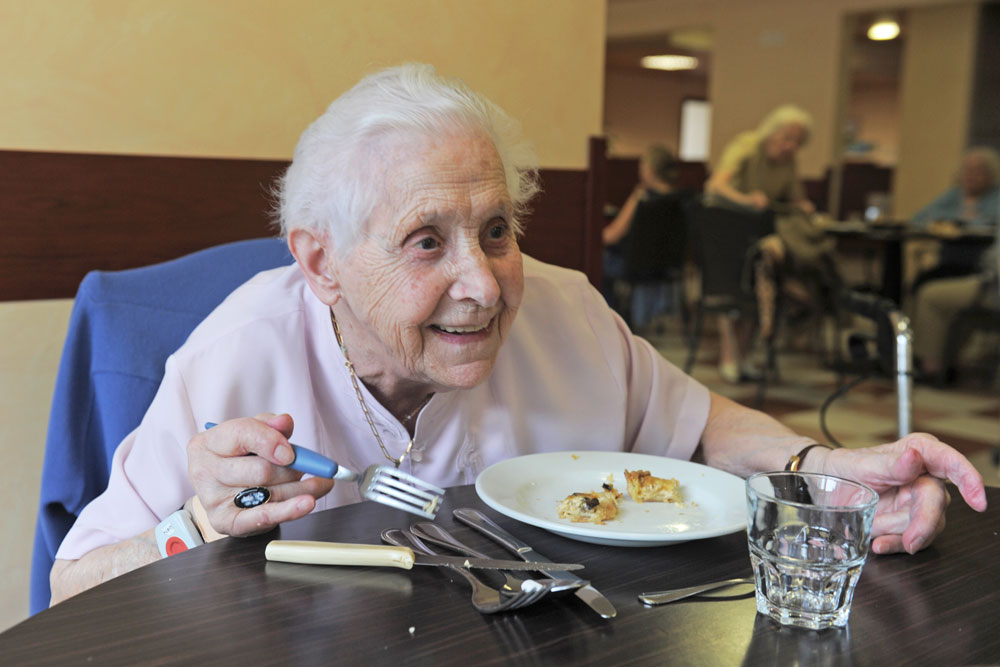 Foto: Mostphotos
Foto: Mostphotos - 2024-04-11 04:00 05 Planering
- 2024-04-08 04:00 10 Aktivitet o funktionsbevarande arbetssätt
- 2024-04-04 04:00 11 MTP
- 2024-04-02 04:00 12 Personlig omvårdnad

